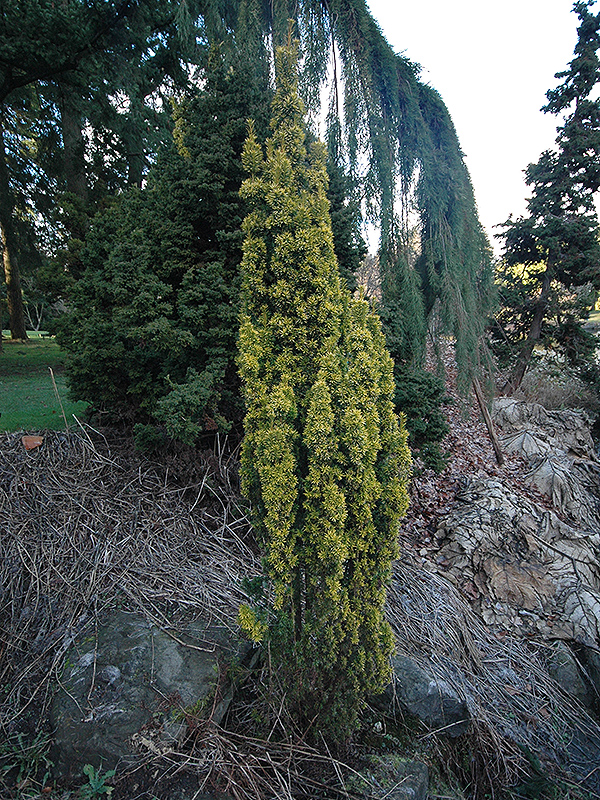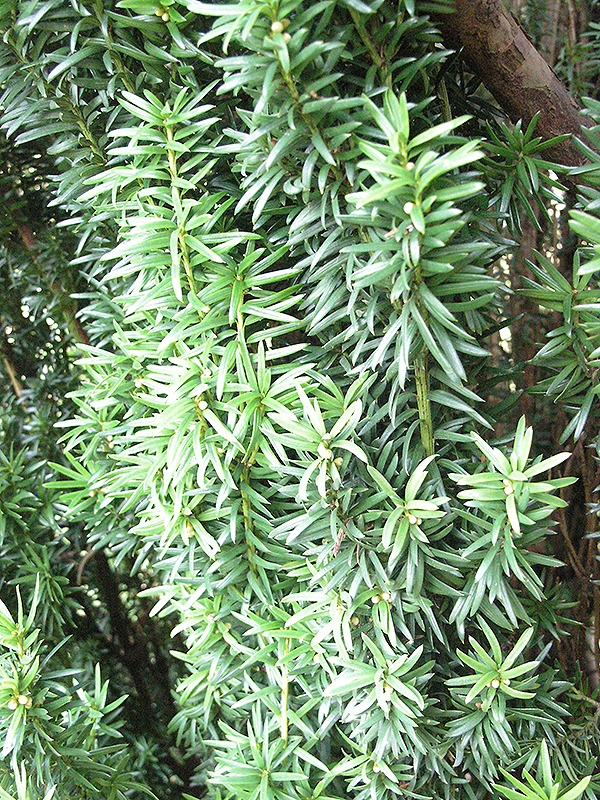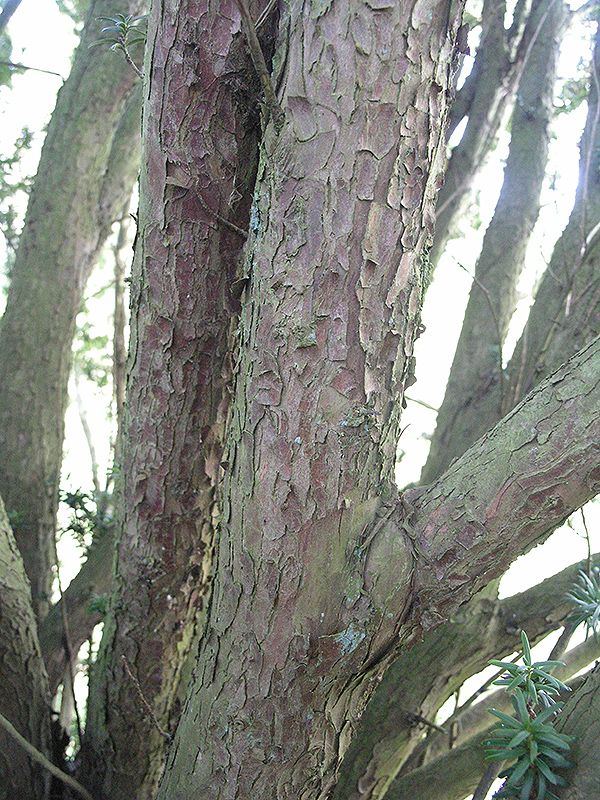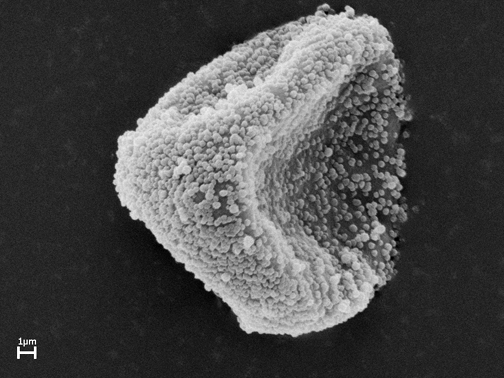| General Description | Very upright shape, dense in growth, if unprunned can grow 10 m high and to about 3 m wide but is very slow growing. |
| Shape | Dense, columnar form with upright branches. |
| Landscape | Used as a dominant accent in the garden. Often seen in English graveyards as very old plants. |
| Propagation | Take cuttings in late summer and early autumn. |
| Cultivation | Well drained soils with protection from winter winds. Needs adequate moisture during summer droughts. |
| Pests | Taxus mealy bug, black vine weevil, taxus scale and yew-gall midge. |
| Habitat | Horticultural origin. |
| Bark/Stem Description | Exfoliating bark that is lightly fissured, multi-stem trunk, bark colour is brown, bark flakes off easily. |
| Leaf Description | Needle like, alternate arrangement, space soft and flexible, yellow green on top and light green on the undersides. |
| Fruit Description | Red fleshy like fruits, with a seed in the center of it (arial), the fruit is poisonous. The fruit is evident in July, August, and September. |
| Texture Description | Medium texture. |



